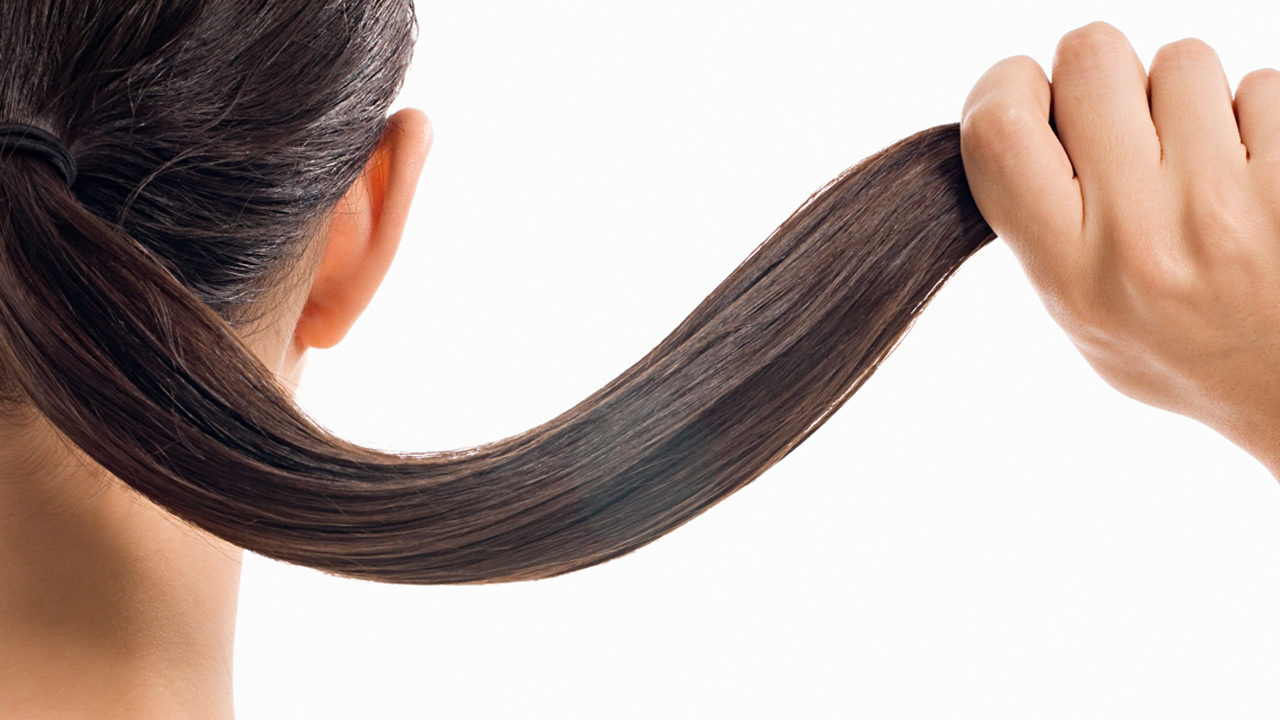
The virgin human hair treated with thioglycerol (GT) adjusted to pH 9.0 with ammonia solution, suffers less damage compared to hair treated with thioglycolic acid (TGA).
Published in International Journal of Cosmetic Science vol.40, issue 1, pp. 34-43, 2017
A new study published by A. Kuzuhara has shed new light on the reduction mechanism of thioglycerol (TG) on hair keratin fibres.
The author studied the structure changes of virgin white human hair and the accompanying disulphide conformational changes resulting from the redox structural change in hair using Raman spectroscopy and optical microscopy.
Raman spectroscopy allows the direct characterization of the structure of cross-sections at various depths of hair fibres without the need to isolate the cuticle and cortex.
Kuzuhara studied also the influence of two different alkalis ( ammonia and monoethanolamine) in the penetration of the agents into the fiber.
TG was compared with the widely used thioglycolic acid (TGA).
It has been found that TG diffuses gradually beyond the cuticle region and towards the inside of the cortex region with the disconnection of –SS– (GGG and GGT) groups and the –SS– conformational changes (the changes to the TGT conformation from the GGG and GGT conformations).
On the other hand, TGA, which is widely used as a reducing agent, diffuses into the cortex region with only the disconnection of –SS– (GGG and GGT) groups, which demonstrates that the chemical mechanism of the two reducing agents is different.
The author concluded that virgin human hair treated with TG adjusted to pH 9.0 with ammonia solution was less damaged as compared with the hair treated with TGA, as not only were the GGG and GGT conformations disconnected, but they were also changed to the TGT conformation by performing the reduction process with TG.


